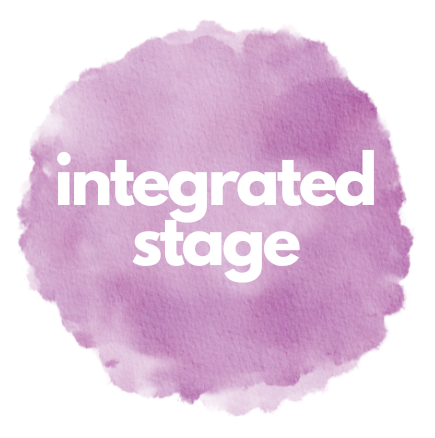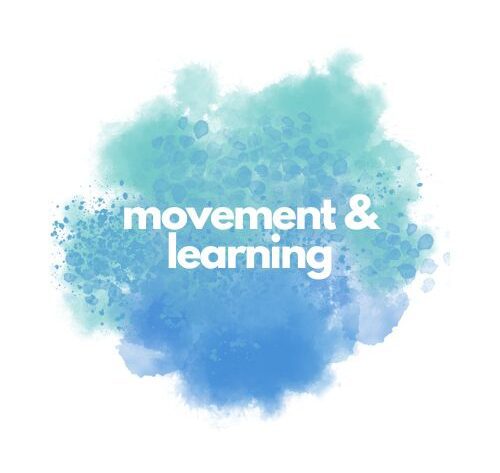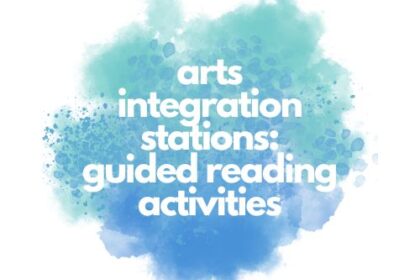Why are movement and learning so intricately connected? Today I’ll dive into the research and offer some strategies for moving while learning.
Movement and Learning: the Research
According to an article from the National Education Association (NEA), “Physical activity in the classroom has been shown to increase cognition, memory, and recall. Increases in daily physical activity are also positively associated with socialemotional aspects of learning such as mood, behavior, and stress level.”
So for SEL purposes as well as true learning, movement is a crucial component. This article dives more deeply into the brain science of why movement and learning are connected.
Movement and Learning: Strategies
Quiz, Quiz, Trade
This is a Kagan structure and it’s been incredibly beneficial in my classroom. You can just assign partners from the beginning, but I like the two-circles method of play.
This activity uses task cards and begins with an inner circle and an outer circle. Partner 1 is in the inner circle and Partner 2 is in the outer circle. Each student has a task card. You play music and the circles move (inner circle clockwise, outer circle counter-clockwise) until the music stops. Then Partner 1 asks Partner 2 the question on the card. Partner 2 answers (or states they don’t know). Partner 1 acknowledges a correct answer or gives the answer if needed. Then Partner 2 asks the question, following the same protocol as before.
After both questions have been asked, the partners switch cards. You can either place them back in the two circles or have them walk around until you say “Partner up.” Either way, they will find new partners and continue the process.
Brain Breaks
Utilizing brain breaks every 15-20 minutes in upper elementary is a great way to get movement in as well as reset mentally. I like to use silly YouTube videos or quick minute-to-win-it-type activities, but I also know people who swear by Go Noodle.
Dance & Chants
Any time you can take an academic concept and add some chanting and movement (dance, hand motions, etc.), it’s a game-changer for retention.
I still remember how to tell if the slope of a line is negative or positive because we were taught a “cheer” by our Algebra I teacher in 8th grade: “Lean to the left, lean to the right. Negative, positive, your slope’s right!” On the lean to the left and negative lines, we leaned our bodies to the left. Likewise with the right and positive. She taught it one time, just ahead of the turn-of-the-Millenium, and I can still remember it over 20 years later.
Want to Read More?
Check out my earlier posts on 5 Ways to Use a Jigsaw and 20 Strategies for Increasing Student Engagement in January.
You can also check out this article from Sweet Tooth Teaching.
Movement & Tutoring
I utilize movement in my tutoring sessions through brain breaks and activities that are whole-body. If that sounds like something you’re interested in for your student, please reach out to me and we’ll schedule a discovery call.





